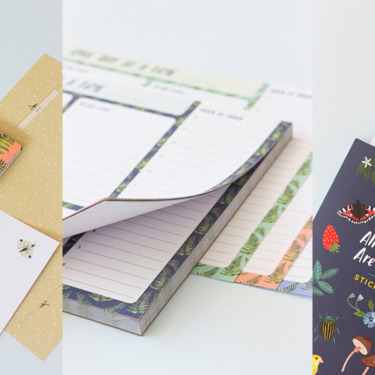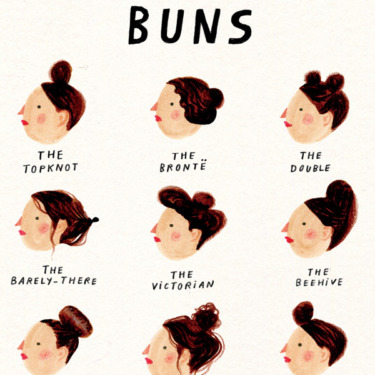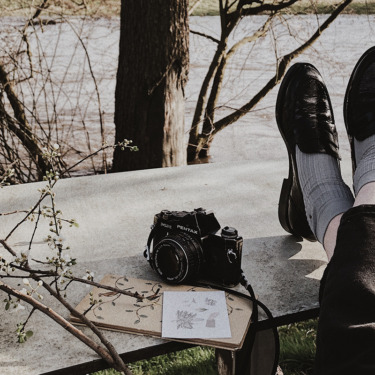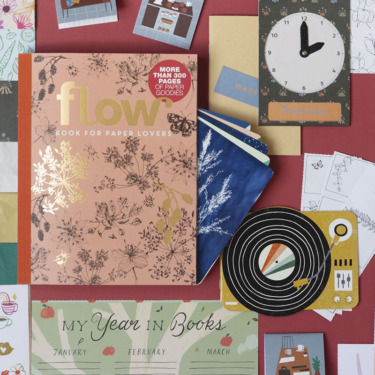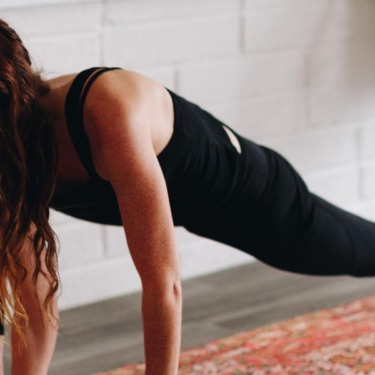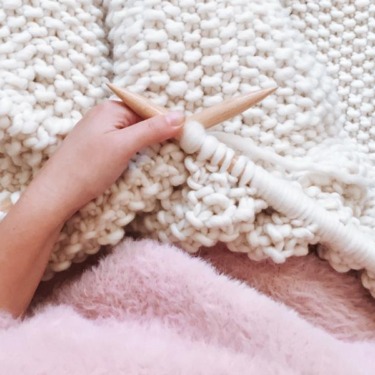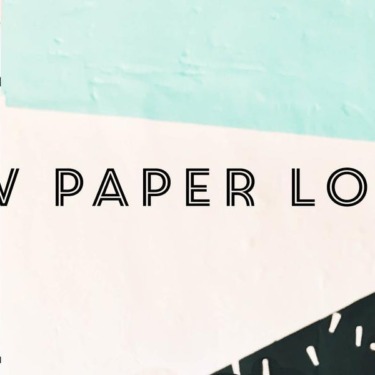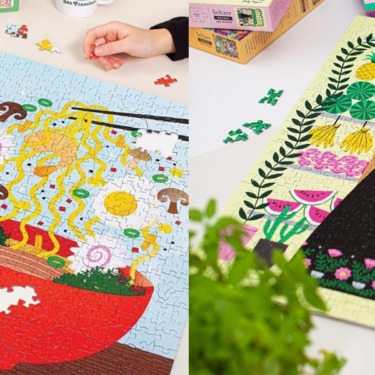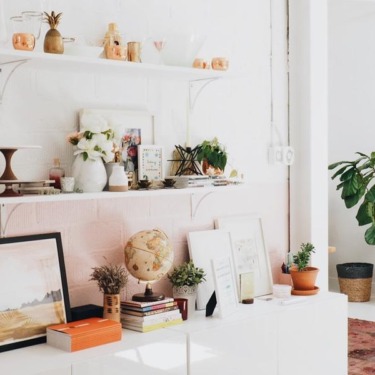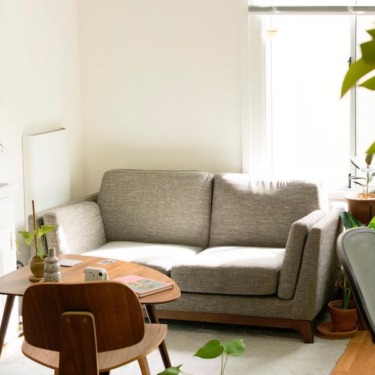Starting a bullet journal
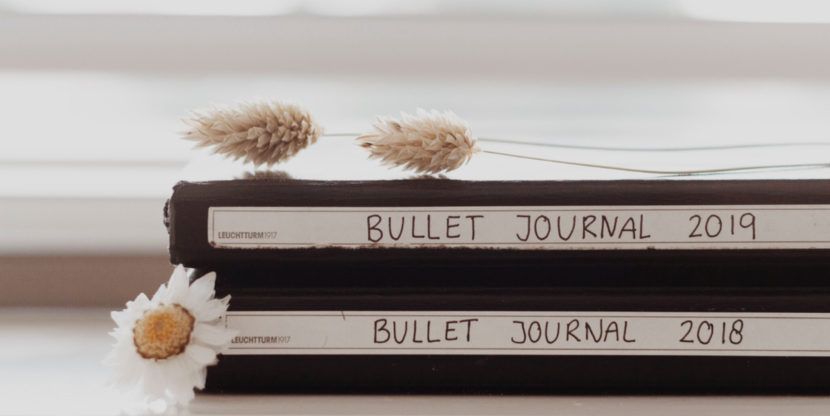
Loads of individual lists, an agenda, a creative outlet: A Bullet Journal (BuJo) is something that you create yourself. Flow’s intern Suzanne starts 2020 with a whole load of empty pages and looks at how she can fill them.
My Bullet Journaling started in 2016. My mother has painted all her life and I was also known to make several attempts at painting myself. I made the sketches, but always ended up erasing my work; I was never satisfied and therefore didn’t ever get around to the painting part. Nevertheless, I wanted to do something creative. Something that really suits me.
I have a cupboard full of blank notebooks, pens and markers. Even though I am a true paper lover, I didn’t know how to channel it. Searching the Internet, I discovered Bullet Journals, a system developed by Ryder Carroll. I looked further on Pinterest and scrolled in awe at all the different creations.
The next day I went to the bookstore and bought my very first Bullet Journal. Back at home I stared at the blank pages. They scared me. ‘So, I have to fill this myself?’ I thought. My mind wandered to my empty notebooks that I sometimes used to create lists—packing lists, wish lists, and so on. ‘Aha, I can also do this in my BuJo.’ And thus, I filled my first pages up.
Now, three BuJos later, I have developed my own style. I love the combination of paper, stickers and hand-lettering. And the fact that it can be a bit messy. After all, it is my diary, agenda and compilation of individual lists. Occasionally I show my BuJo to my mom, who is proud that I have finally been able to find my own creative twist.

